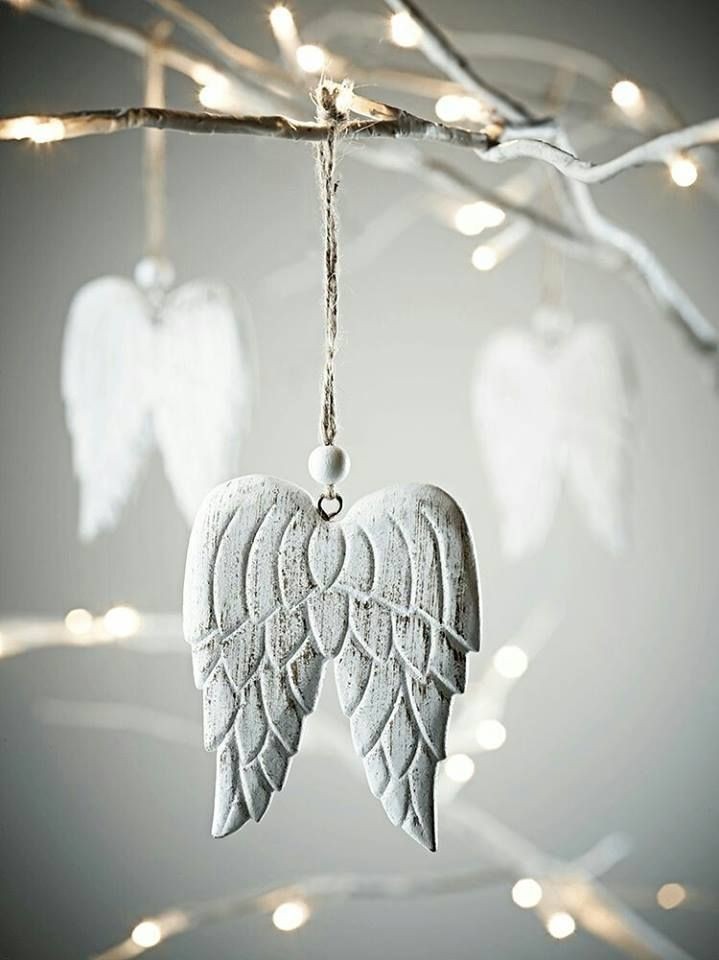Textile Design in Art Therapy: A Healing Thread
- Koöko Fleurs
- Jan 25, 2024
- 3 min read
Updated: Sep 26, 2024

Textile design is the creative and technical process of crafting fabrics with patterns, colors, and textures. Textile designers work in diverse industries, including fashion, home decor, and interior design. They create patterns for clothing, carpets, drapes, towels, and other textile products. The field comprises three main disciplines: printed textile design, woven textile design, and mixed media textile design, each using distinct methods to produce fabrics for various purposes and markets.
Symbolic Richness
Textiles connect us to our past and ancestors. The tactile experience of working with fabric elicits creative flow. Textile design in art therapy combines the therapeutic benefits of creative expression with the tactile and symbolic qualities of textiles.
Mindful Engagement
Textile crafts, such as knitting, crochet, and feltmaking, demand focus and attention due to their repetitive and slow nature. Engaging mindfully in these activities can break the cycle of anxious or intrusive thoughts, providing respite for the mind.
Eco-Minded Approach
Integrating textile work with eco-consciousness aligns with compassionate practices. Reusing textiles reduces waste and consumption.
Textile repair and transformation practices can foster self-compassion. Repairing damaged garments mindfully—offering kindness and actively transforming them—welcomes compassion into our lives. Upcycling materials prolongs the life of textiles, demonstrating compassion toward the planet.
The act of repairing textiles symbolizes resilience and acceptance of imperfections.
The Relevance of Narrative Textile Work
Narrative textile work plays a crucial role in therapeutic and human rights contexts. Here are some key points:
Story Cloths: Art therapists increasingly use sewing as a medium, particularly in culturally relevant settings. Story cloths, created collaboratively, allow individuals to graphically express their experiences. These textiles become powerful visual narratives, helping trauma survivors process and cope with their emotions.
Common Threads: Organizations like Common Threads, an international nonprofit, utilize story cloths with survivors of gender-based violence. These cloths serve as a bridge between personal stories, cultural heritage, and healing. They provide a safe space for expression and connection within communities.
Therapeutic Benefits
Textile arts have a rich history intertwined with mental health:
Women in psychiatric hospitals historically engaged in textile practices like sewing, weaving, knitting, crochet, and needlework. These activities provided sensory pleasure, repetition, and a sense of community. They acted as soothing outlets, allowing patients to express themselves beyond words and connect with others.
Why is textile art so effective in therapy?
Cognitive Benefits: Knitting, sewing, and other textile activities enhance cognitive functioning. The repetitive motions can calm the mind and improve focus, reducing stress levels.
Sensory Pleasure: Quilting, weaving, and fabric manipulation offer sensory pleasure. The tactile experience soothes and grounds individuals, promoting emotional well-being.
Community Connection: Creating textiles together fosters connections. Whether in traditional art therapy groups or open studios, communal textile work provides a safe space for expression, processing trauma, and building resilience.
Characteristics of Textile Design
Now, let’s explore the unique characteristics of textile design:
Texture: Textiles engage our sense of touch. The interplay of different fabrics—soft, rough, smooth, or textured—creates a multisensory experience.
Color: Textile design allows for a rich palette of colors. Color choices evoke emotions and memories, making them powerful tools for self-expression.
Pattern: Patterns in textiles can symbolize order, chaos, or transformation. Repetition and rhythm in weaving or embroidery mirror life’s cycles.
Imperfection: Textile art embraces imperfections. Stitch irregularities, frayed edges, and uneven weaves tell stories of resilience and authenticity.
Layering: Textiles often involve layering—fabric upon fabric, thread upon thread. This mirrors the layers of our own experiences and emotions.
In essence, textile design isn’t just about aesthetics; it’s a healing thread that weaves together personal stories, cultural heritage, and emotional well-being. As art therapists, we recognize the power of these fabrics to mend the soul, one stitch at a time.











Comments